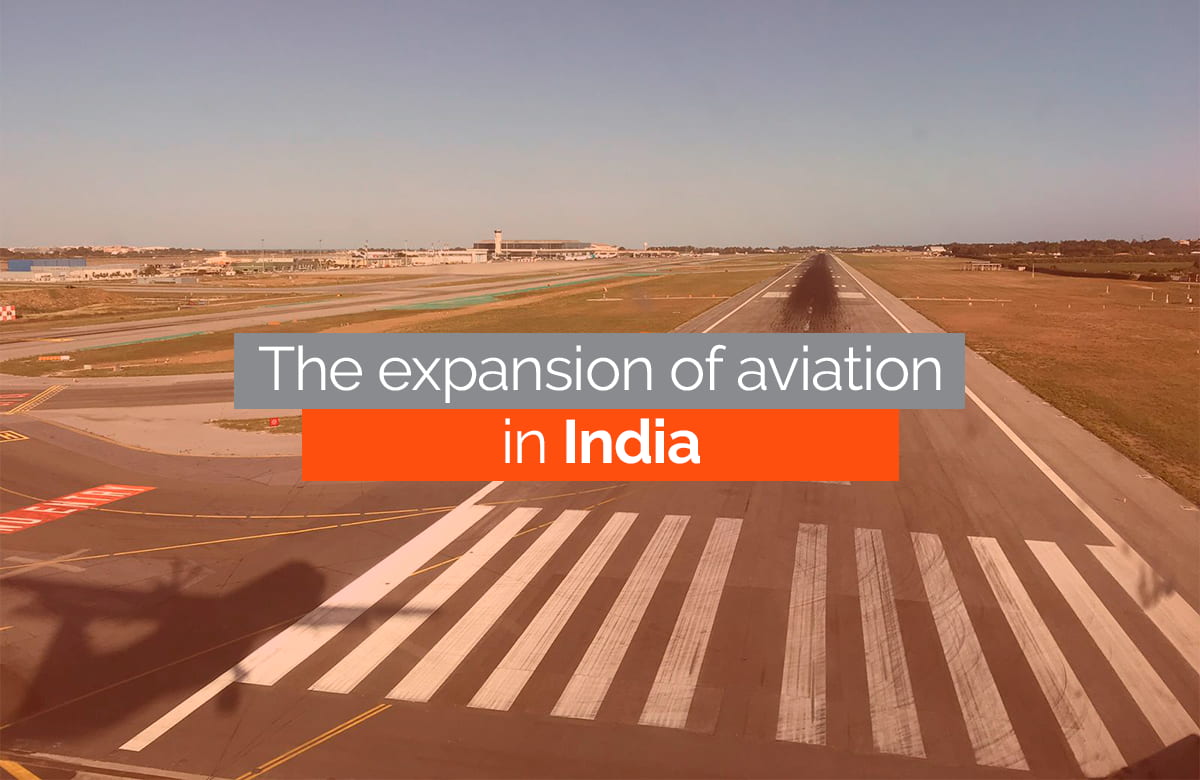

The pandemic will hurt this kind of management the most, as these airlines likely will fly more cash-losing routes and further pressure their fragile balance sheets. This “emotional” management is evidenced in India as well, especially but not uniquely in Spicejet, and this kind of capacity disrupts pricing and makes it hard for the sector to grow prudently. Less successful airlines focus on market share statistics, are willing to lose money on flights for the sake of “presence”, and tolerate losses because they believe keeping uneconomic flights will build their brand. Economic ManagementĪround the world, airlines that have succeeded financially focus on key customers, manage costs and productivity, and dynamically deploy capacity to meet changing conditions. ‘#DeSaster’: DeSantis Roasted Over Botched Twitter Campaign Launch-By Trump, Biden And Others Emotional Vs. Lastly, leisure travel in India, as it grows, will not be centered only in the largest cities, meaning that airline networks will need to increasingly offer non-stop service in and among all size cities. This creates the opportunity for Indian airlines to develop digital relationships with their customers and move away from larger third-party ticket distribution systems, just as the U.S. Another key point of this group is that, like youth around the world, this population has grown up with technology and smartphones. Over half of the country is defined as middle class, meaning that they have enough disposable income to travel for leisure and take flights occasionally. First among these is a youthful travel appetite that, unlike their parents, won't look to all-day trains to get around. This has significant implications for aviation in India. The population is young, with over half of the population under age 35. India is growing faster than China and is expected to become the largest country in the world in just a few years. India Is Growing And Young, And Underserved As the pandemic has pressured all airlines, this brings into question the ongoing issue of an Air India sale by the government, and survivability for the other carriers in this group. Air Asia India was shrinking prior to the pandemic, and their commitment to the country is far from certain. Go First has declared a strategy to become India’s first true ultra-low cost carrier, modeling themselves after airlines like RyanAir in Europe and Spirit in the United States. Spicejet then, overnight, became a business class airline. Spicejet complicated their business model when Jet Airways shuttered, taking on planes with business class cabins. Vistara is a higher-end, business-focused airline, and that brings into question their viability in a world where this traffic is uncertain to return fully. These carriers run a diverse set of business models, with Air India being the most legacy of the group and having the most international long-haul service. The other half of the Indian market includes Spicejet, Air India, Go First, Vistara, and Air India. Their growth will be a function of the country’s growth, which is sizable on its own. This number is also a constraint for them, however, as growing to 60% or 70% is not realistic.


Indigo is by far the largest airline in India today with a commanding 50%+ market share.


 0 kommentar(er)
0 kommentar(er)
